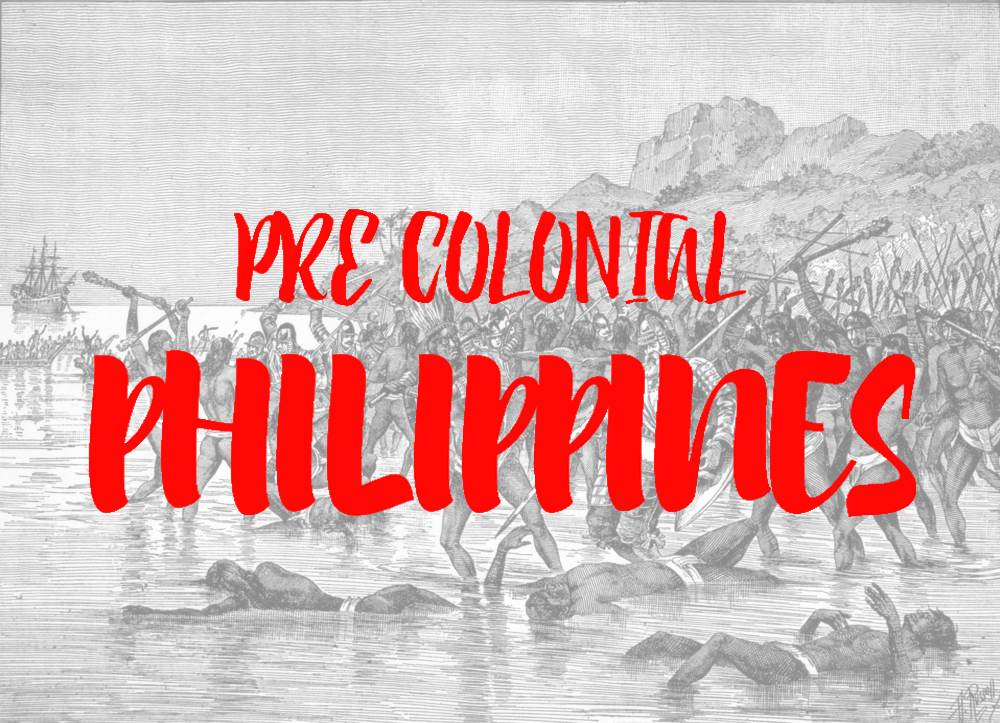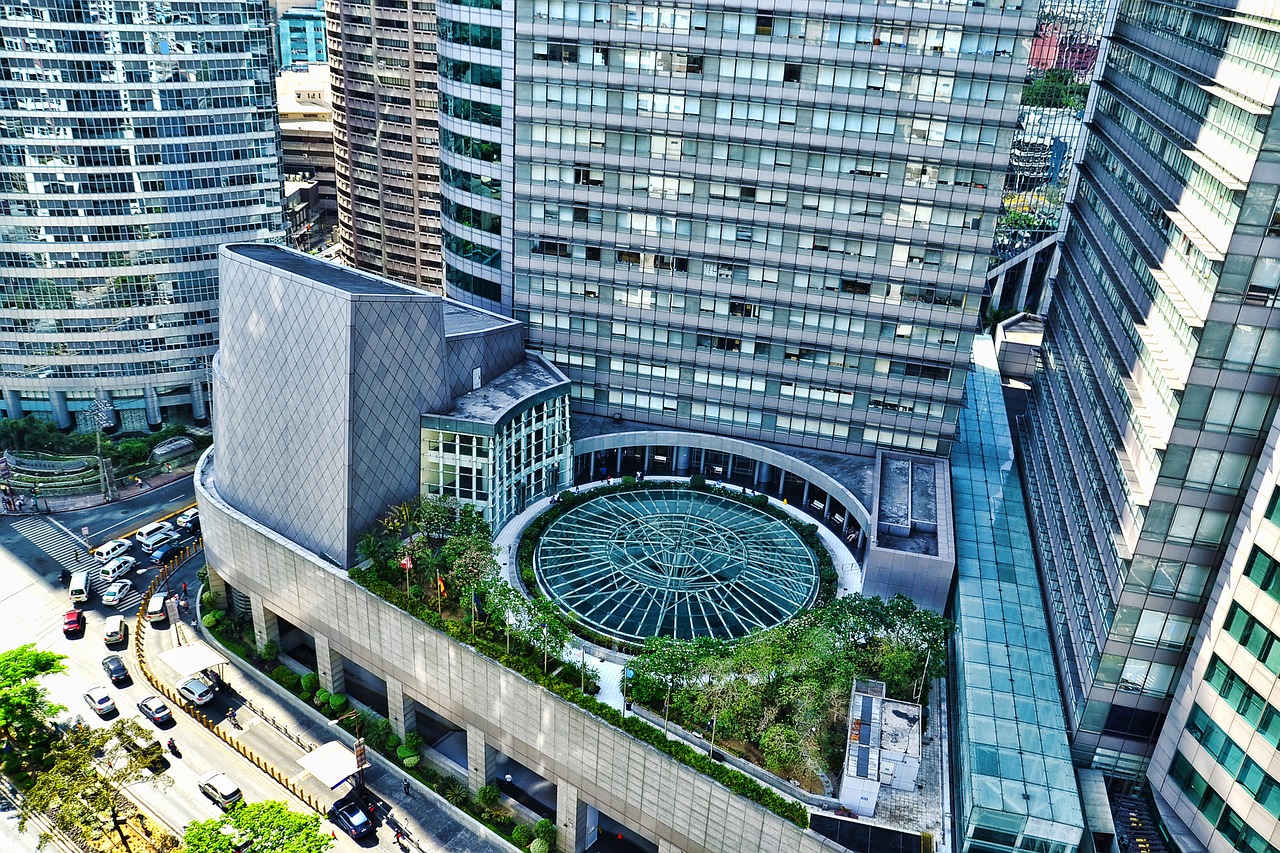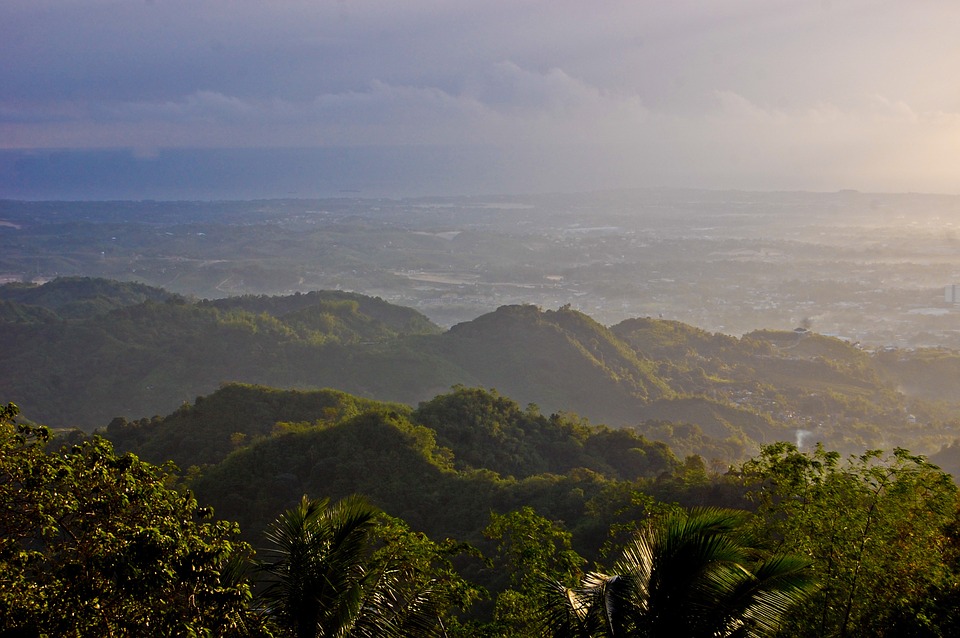
When someone talks about the history of the Philippines, the conversation generally begins with the arrival of the Spanish. Few people recognise the nation even existed, let alone had a system of governance and was even quite prosperous before the coming of the Spanish and other colonizers.
The land had a rich culture with a people who had established themselves in rather unbelievable ways. Pre-colonial Philippines has been quoted by some historians and other rather influential people as being one of the most progressive societies to ever exist to this moment.
A brief look at the history books reveals a land where there was a very rich culture of agriculturalists, innovators and empowerment beyond comparison. So, what was the culture like before the Spanish colonized this land? It is vital to note that the name Philippine is attributed to Dominican Priest and Spanish explorer Ruy Lopez de Villalobos who named the Philippine Islands after Phillip II in 1543. The name was automatically adopted henceforth.
This piece is, however, about the rich culture the country had before colonization. Here are a few points to note, therefore, about pre-colonial Philippines.
Their women were very powerful
A look at the pre-colonial Philippines reveals a society where there was a lot of equality when it comes to gender. Women were just as powerful as men in terms of family hierarchy, societal placement, leadership and even professionalism. The women had a lot of say on how the family unit operated from making key decisions such as the number of kids to have and their spacing. They also solely decided the names of their kids.
In certain instances, women were even thoroughly revered by men because of the power and influence they yielded. It was a common sign to see men walking behind women as a show of respect. As well, just like men, women owned and inherited property, had equal opportunity in almost all professions and craftsmanship and also led their respective territories.
They had good foreign relations especially with the Chinese
Pre-colonial Philippines generally had very good relations with foreigners. They traded with the Arabs, Chinese and even Indians. History reveals that the trading expertise of native Filipinos gave them a name halfway across the world. Their trade was, however, not outstanding with the Chinese. People could consider them trade buddies because of the level of trust between the two.
It is said that the honesty of the Philippines greatly surprised the Chinese and improved their trade relations. So much was the trust that at times the Chinese would leave their goods at the ocean shore and come back for their traded items late on whereupon the Filipinos would surrender the returns without question. This made the Chinese the greatest trade partners of the ancient Philippines.
Their tribes were either highlanders or lowlanders.
The indigenous Filipinos include several tribes that existed way before the coming of the modern Filipinos. These tribes have been traced almost 50,000 years back according to archaeological evidence. It is important to notice that there are 2 major subdivisions for the 134 indigenous Filipino tribes. They were either highlanders or lowlanders. After colonization, the lowlanders were majorly influenced in terms of culture erosion by the colonizers. The highlanders, however, maintained the majority of their culture even during and after colonization. This was majorly influenced by the inaccessibility of the highlands that discouraged the colonizers.
The majority of the indigenous people of northern Philippines are referred to as Igorot while those found within the mainland Mindanao are called the Lumad. The tribes co-existed peacefully and engaged in many activities amongst themselves which strengthened their relations as well as that of foreigners. The tribes and sub-tribes also intermarried and visited each other to ensure they correlated well.
Their differences were more of a strength than a weakness which helped them in improving their general operations and life as a whole. While there were 134 ethnic groups in the Philippines, 135 languages still exist till now and one is known by the majority, if not all of the Philippines population. This common language is Tagalog and is currently used as the national language.
Several professions already existed
The ancient Filipinos were a predominantly an agricultural society with large tracts of land having both animal and crops. This made them self-sufficient in terms of food. Do not, however, be fooled that they were only agriculturalists. They had very many other professions that saw them create a well-rounded society. These professions included mining, seafaring, hunting, weapon making, smithing and even textiles.
This made them produce a lot of items that they could use and trade in. This as well made them one of the richest and most-skilled pre-colonial settlements known to man. Many foreigners came to settle within the Filipinos because of their skill-set and their friendly and honest lifestyle.
Islam was the major religion
Islam is said to be the oldest single religion to ever exist in the pre-colonial Philippines. This is attributed to the trade relations between the ancient Filipinos and Muslim traders from The Persian Gulf and other surrounding areas. This happened in the 14th century and quickly spread to the rest of Philippines with a major concentration of Muslims
in the southern region of Mindanao.
The greatest warriors in terms of fighting against the west and general colonization were the Muslims with most of their clerics such as Rajah Sulayman who was the Muslim Rajah (leader) of Maynila, staging fights that have gone down history as some of the longest resistance against colonizers. Islam is currently a religion practised by 6% of the Philippine population in the modern day, with Christianity, Buddhism and Hinduism taking a big chunk of the current Philippine population.
It is evident that the average ancient pre-colonial Filipino was a person with a strong and rich culture, well-endowed intellect with a high level of professionalism and skill. With such large tracts of well-endowed land, an honest society with equality, religion, and diversity that was embraced rather than shunned, one could argue that life must have been better during pre-colonial time than now, but that is just an issue up for debate.





Information on pre-colonial Philippines can be difficult to come by. I’d be interested to read more if you have further sources on it.
From what I’ve read, there is certainly some (albeit sparse) accounts of the Philippines in the historical record. Namely, the trade with the Fujian Chinese, and when the Philippines fell under the sphere of influence of the Majahapit and Srivijayan empires.
It’s possible that influence from the Srivijayan empire was responsible for the spread of Brahmic script, and allowed for the adoption of what would become baybayin.
Regarding religion, I believe the Filipinos had a strong religious tradition stemming further back than the introduction of monotheism in the archipelago. The Filipino creation myth is “Alamat” (legend), and has similarities with some of the prehistoric religions shared around the world. There are also beliefs in animism, witchcraft, and spiritism which exist through to the present day.
These are all another reminder that the Philippines is an interesting crossroads of many cultures and histories.